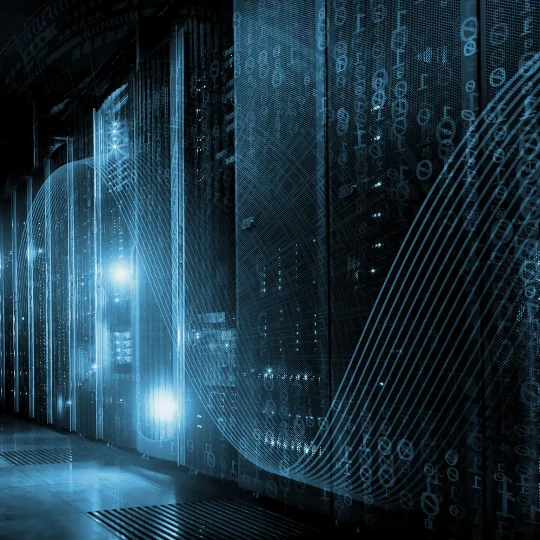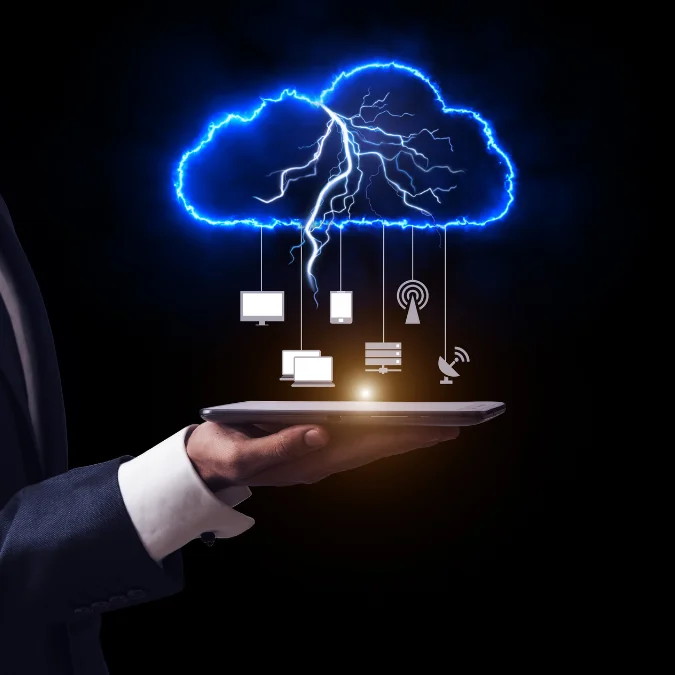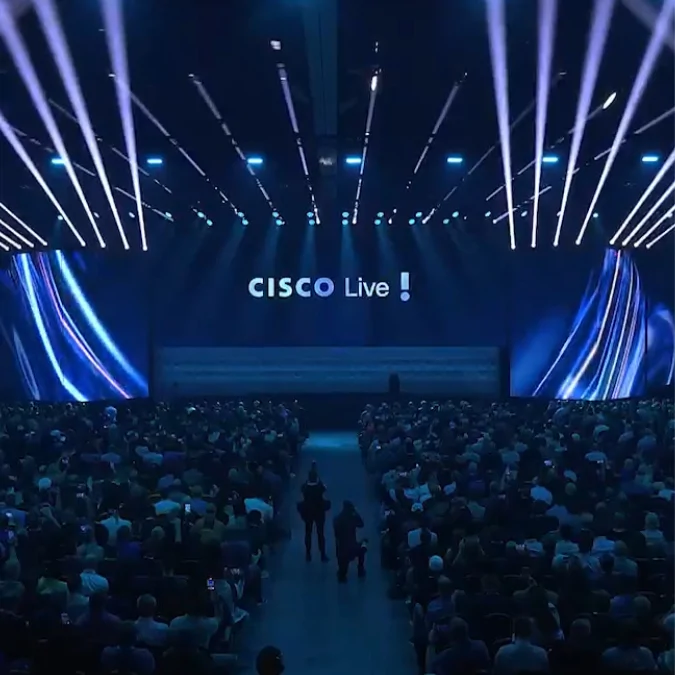How IT can help tech companies to reach Net Zero
19 Sept, 20233 minsSince the Paris Agreement was signed in 2015, achieving ‘net zero’ has become a globally rec...

Since the Paris Agreement was signed in 2015, achieving ‘net zero’ has become a globally recognised goal. The Agreement underlines the need for net zero and requires states to ‘achieve a balance between anthropogenic emissions by sources and removals by sinks of greenhouse gases in the second half of this century’. In basic terms, this means achieving a balance between the carbon emitted into the atmosphere, and the carbon removed from it.
When it comes to CO2 emissions, this is the state at which global warming stops.
The UK Government’s has since set out its own Net Zero Strategy which outlines a roadmap as to how the country will unlock £90 billion in investment to reach ‘net zero’ emissions by 2050.
To reach net zero, emissions from areas such as homes, transport, and agriculture will need to be cut, and sectors will have to reduce the amount of carbon they put into the atmosphere. For industries which rely on a high carbon output to stay afloat, this goal means drastically changing how their sectors operate.
The tech sector, in particular, faces unique challenges in reaching net zero emissions, such as the exponential growth in demand for data services, difficult-to-mitigate production methods, and huge supply chains, all of which contribute to a high carbon output. However, many companies within the sector have chosen to make their own environmental commitments – setting deadlines, writing pledges into policy and streamlining their major emitters.
Cisco is one of them. In 2021, the company made a commitment to reach net zero across all scopes of emissions by 2040, which includes product use, operations, and supply chains.
Its plan involves:
- Continuing to increase the energy efficiency of products and solutions.
- Further embedding circular economy principles across the business.
- Accelerating the use of renewable energy.
- Embracing hybrid work.
- Investing in innovative carbon removal solutions.
What role does IT play?
Powering the internet uses swathes of electricity, largely via the use of data centres. On average, servers and cooling systems account for the greatest share of direct electricity use in data centres, followed by storage drives and network devices. Some of the world’s largest data centres each contain tens of thousands of IT devices and require more than 100 megawatts (MW) of power capacity – enough to power around 80,000 U.S. households.
The rapid growth in internet traffic and global internet users has raised concerns that the increase in energy usage of data centres could have negative impacts on the climate, with some media headlines warning that a “‘Tsunami of data’ could consume one fifth of global electricity by 2025”.
However, despite the rapid growth in demand for information and data centre services over the past decade, net energy usage has remained surprisingly flat at 1-2 per cent of global electricity usage. This is likely due to exponential increases in computational energy efficiency and new developments in technology.
For example, the ability to run multiple applications on a single server has significantly reduced the energy intensity of each hosted application, and the shift to larger and more efficient cloud and hyperscale data centres has allowed for the use of ultra-effective cooling systems which reduce energy consumption.
The reduction of other emissions
The potential that IT presents for reducing other kinds of emissions should not be forgotten. By optimising IT, companies can reduce their energy usage, cut costs, and improve their operational efficiency.
When companies utilise cloud-based servers and platforms, for example, they can reduce the need for physical paperwork. And because these systems can be accessed from any location, employees can work remotely, reducing the emissions caused by commuting.
We’ve previously explored how smart technology can be used to reduce household energy usage by harnessing sensors which monitor electricity use, can remotely switch equipment off, and identify areas where consumption can be reduced. The same principle applies to major corporate companies and production lines, where sensors can be used to identify and measure which networking and non-IT equipment is consuming high volumes of power.
On the global stage...
The Internet of Things (IoT) allows these connected devices to ‘talk’ to one another, communicating huge volumes of data in seconds. As increasing amounts of useful energy data is collected, more connections can be made and correlations gleaned. By gathering industry-specific information, there is a better chance of building a more complete picture on global energy usage and, more importantly, identifying areas for improvement.
By harnessing new technology and prioritising innovation within the IT industry, the overall impact of IT and data centres on the climate will continue to shrink, offering a significant contribution to the net zero goals of the tech sector and the UK government.
Back down to earth
However, not all companies will have the resources or in-house know-how to utilise IT to make themselves more energy efficient. Which is why having the best talent to help drive and implement this change is so crucial. For businesses to make progress in this area they will need innovative, forward thinkers with technical expertise. Sound like you? Get in touch with the team today.




